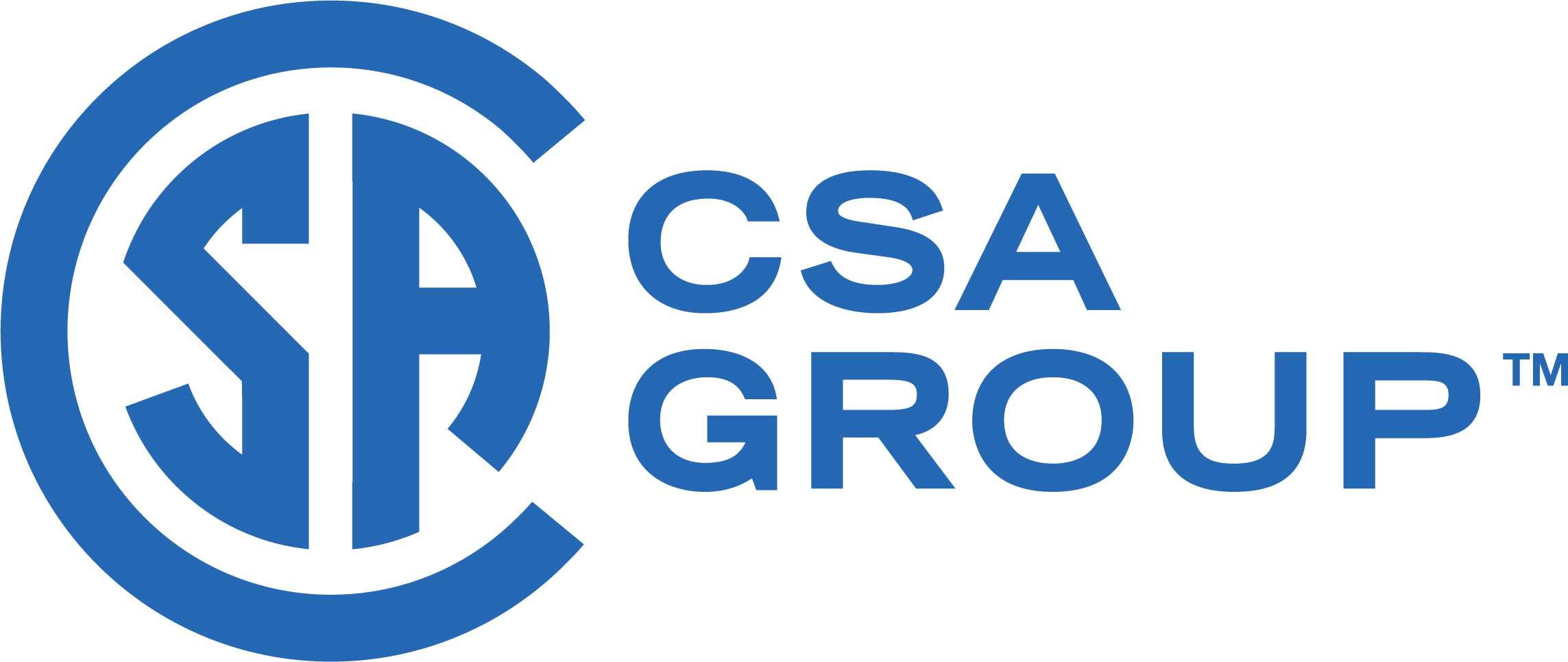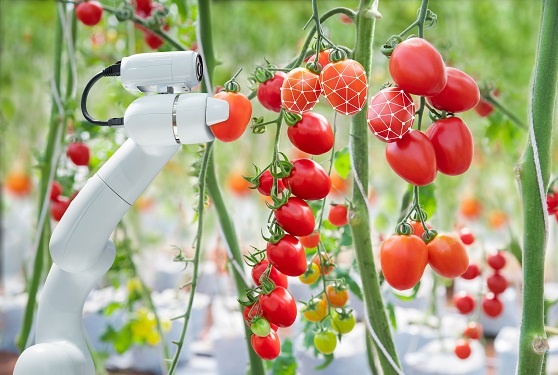
Brought to you by Canadian Standards Association
Bridging the gap: How CSA Group Standards help facilitate adoption of automation and robotics in greenhouse agriculture

November 25, 2024 in News
By Ana-Maria Tomlinson, Director, Standards - Strategic Development
 (Image: iStock.com)
(Image: iStock.com) As greenhouse operations evolve to meet the increasing demand for sustainable and efficient food production, automation and robotics technology have emerged as promising solutions for commercial growers. However, despite their transformative potential, the adoption of such technologies in greenhouses is hindered by several challenges, including concerns around biosecurity, data interoperability, and a lack of comprehensive standards. Addressing these challenges is essential for ensuring that greenhouses can fully leverage the benefits of automation and robotics while maintaining productivity and safety. CSA Group, a leading standards organization in Canada, is actively working to bridge these gaps and support smoother integration of technology and safer greenhouse operations.
The challenges in greenhouse automation adoption
The Canadian greenhouse sector faces a complex set of challenges when incorporating robotics and automation into its operations. One primary concern is biosecurity. Greenhouses are tightly controlled environments where the introduction of pests, diseases, or other contaminants can quickly escalate into large-scale problems. While established biosecurity protocols exist for managing human and material movement within greenhouses, the introduction of robots – machines that move freely within and between facilities – presents new biosecurity risks.
Another set of challenges relates to data management and security issues. Automation systems generate vast amounts of data that need to be integrated, shared, and analyzed in real-time. Unfortunately, the lack of standardized data formats and interoperability between different systems often results in silos of information that limit the potential value of these technologies. For greenhouse operators, this creates a fragmented view of operations, hindering decision-making and operational efficiency.
The role of standards in facilitating technology adoption
Standards can play a crucial role in overcoming these barriers by providing clear guidelines, best practices, and technical requirements that enable compatibility and safety. CSA Group’s activities in this area aim to support the adoption of automation and robotics in agriculture, particularly within the greenhouse sector.
In 2023, CSA Group organized a series of workshops focused on two key areas: robotics and automation, and data management in the agrifood sector. These workshops brought together stakeholders from across the industry to identify specific challenges and explore the role that standards could play in addressing them. Insights from these workshops highlighted the need for standards that provide guidance on biosecurity for greenhouse robotics, as well as frameworks for managing and exchanging data between disparate systems.
A step towards safer integration of robotics in greenhouses
With input from the workshops, CSA Group initiated a project to address the unique challenges posed by greenhouse robots. This effort resulted in publishing a technical specification CSA TS-001:24, Biosecurity for robotics in greenhouses. This document provides comprehensive guidance on biosecurity measures and protocols that can help mitigate the risks associated with using robots in greenhouse environments.
The publication of CSA TS-001:24 is a significant step in enabling the safe and effective integration of robotics in greenhouses. It complements existing guidelines and standards from the Canadian Food Inspection Agency (CFIA) and other provincial and industry bodies, providing a targeted approach to biosecurity that accounts for the unique characteristics of robotics technology.
CSA TS-001:24 outlines the potential biosecurity risks posed by robotics, including plant interaction, cross-contamination, inter-greenhouse transmission, and sensor contamination. A checklist included in the document can help greenhouse operators assess the need to adapt existing biosecurity strategies and incorporate additional biosecurity measures when introducing robots into their operations.
By addressing these biosecurity concerns, CSA TS-001:24 helps greenhouse producers incorporate robotics into their operations with confidence, reducing the likelihood of pest and disease transmission. The specification is available at no fee on CSA Group’s online platform, making it accessible to all greenhouse producers interested in adopting robotic technology.
International collaboration paves the road for better data management in Canada
Canada’s agriculture sector relies heavily on the use of data. The introduction of standards on data interoperability could lead to improved efficiency in the sector as producers would have an opportunity to make more informed decisions based on a wider range of data. With more interoperable data, developing novel technologies and solutions can become easier, which, in turn, could contribute to increased competitiveness and innovation in the sector. By leveraging data, agriculture can optimize the use of resources, reducing the sector’s environmental impact and helping it become more sustainable.
CSA Group recognizes that data management, security, and interoperability are areas that also require attention. Through administering expert Canadian input to the International Organization for Standardization (ISO) TC 347, Data-driven agrifood systems, CSA Group participates in initiatives to define best practices for data management and exchange in greenhouse settings. These efforts include developing common terminologies and taxonomies enabling seamless data sharing between different automation systems, ensuring that data generated by one system can be used by another without loss of context or meaning. This will allow farmers, as well as greenhouse operators, to integrate automation systems with existing management software, creating a unified platform that supports data-driven decision-making and optimized operations.
Inviting industry participation in standards development
Agriculture is a quickly evolving area of focus for CSA Group, and the organization welcomes more participants from the greenhouse and broader agrifood sector. CSA Group invites experts to become volunteer members and contribute to developing new standards that are robust, relevant, and reflective of different perspectives. Whether through direct involvement in committees or participation in public reviews, industry experts have the opportunity to shape the standards that will guide the future of greenhouse technology. Those interested in participating can reach out via email to learn more about becoming involved in this important work.
For more on CSA Group’s activities in the agriculture and agri-food sector, visit our website.
Advertisement
- The case for automating your growing operation: Unlocking yield, health, and efficiency
- The surprising link between food safety and growing media